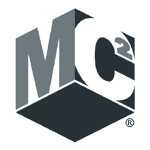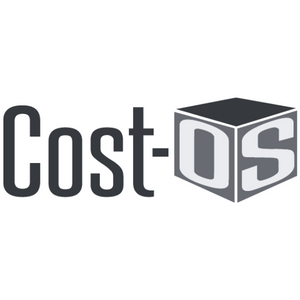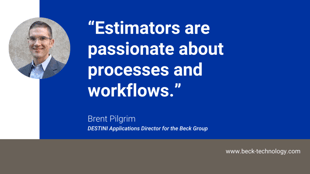3 Major Benefits of Model-Based Estimating
One thing that’s constant is change. This is especially true when it comes to the world of preconstruction. It goes without saying that there’s constantly a new preconstruction initiative being launched; a new estimating tool; a new industry standard. One of the latest emerging developments is model-based estimating.
What is Model-Based Estimating?
Model-based estimating—also sometimes referred to as 5D BIM—involves using a 3D model, rather than 2D drawings, to extract quantities and then build out a project cost estimate. Although model-based estimating has becoming increasingly popular thanks to the continued improvement of the preconstruction tools that allow for it, there are currently not many industry standards or best practices around model-based estimating.
Several preconstruction professionals have noticed this gap and jumped in to try and narrow it, including Brent Pilgrim, DESTINI Applications Director at The Beck Group. Brent has helped launch the Estimating with BIM Task Force, an initiative that seeks to not only encourage estimators to utilize model-based estimating, but to develop industry-wide standards to make model-based estimating workflows more efficient and streamlined for every general contractor.
You might be wondering—why does this even matter? Are there even any benefits to model-based estimating? There are a plethora of benefits that come with using this type of estimating over exclusively using 2D drawings.
These benefits include:
- Improves accuracy and alignment
- Speeds up the budget process
- Enhances planning
Improves Accuracy and Alignment
For starters, because model-based estimates link cost directly to visual images, there is improved accuracy thanks to the ability to envision what’s going to be included. It also helps improve alignment with the project owner, because they’re able to see the assumptions that your team has made.
Speeds Up the Budget Process
Second, model-based estimating speeds up the budget process. As mentioned above, costs are directly linked to images, reducing the chance of human errors that can delay a project by weeks. Additionally, a model-based estimate is a much more accessible data point for other departments. If a project owner, subcontractor, or architect needs you to update the budget to reflect any design changes, it's a much smoother process to implement those updates than it would be with a traditional estimate. As a result, the entire team now has the ability to get project updates in as little as a few days, rather than a few weeks.
Enhances Planning
And finally, utilizing this in your current processes also provides enhanced planning - for example, your architecture team can make changes to an item on the estimate with a couple of clicks, changes that will then be reflected in both the estimate and the design.
This webinar discusses the future of model-based estimating.

-1.png?width=112&height=112&name=image%20(4)-1.png)














